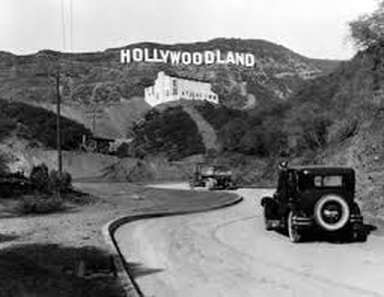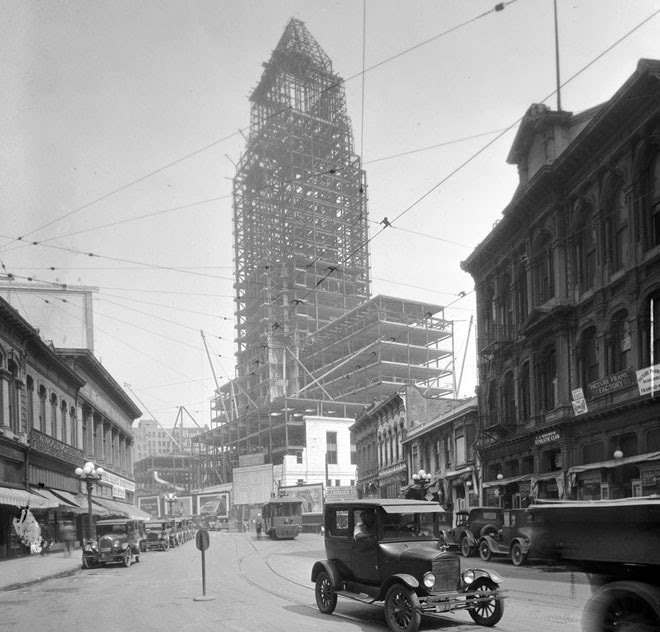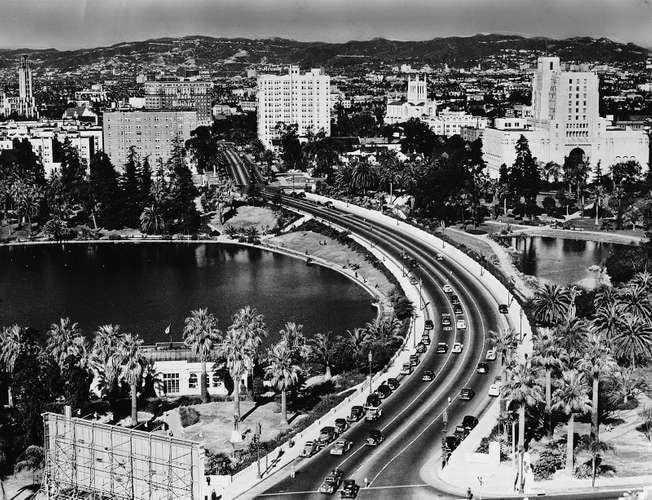- Main Page
- About Us
- Kids Club
- Supply Chain Journeys
-
Port of Los Angeles
- Supply Chain Crisis
- Natural History
- Ti'ats And Natives People
- The Cabrillo Expedition
- The Rancho Era
- The Battle of the Old Woman's Gun
- Phineas Banning
- The Free Harbor Fight
- Working at a fish harbor
- The San Pedro Strike Of 1923
- Life on Terminal Island
- Upton Sinclair on Liberty Hill
- Terminal Island and Japanese Interment
- Globalization
- Life on a Container Ship
- Automation
- Museum Store
- Director and Board
-
More...
-
Old Exhibits
- LA Playlist
-
Zoot Suit Riots
- Introduction
- Native and Spanish
- Mexico and United States
- Refugees and Barrios
- Repatriation and Braceros
- Jazz and Zoot Suits
- Sleepy Lagoon and Police
- The Trial and The Press
- The Riots
- Aftermath and Blame
- SLDC and Release
- Post-War Changes
- Chicano Movement and Zoot Suit Play
- Global Connections
- Timeline & Biographies
- Conclusion
- Then and Now
- The Los Angeles River
- Memory and Mapping
- The California Water Wars
- Neighborhood Time Travel
- Mulholland: The Musical
- Fall 2020 Documentary
-
Old Exhibits
- Main Page
- About Us
- Kids Club
- Supply Chain Journeys
-
Port of Los Angeles
- Supply Chain Crisis
- Natural History
- Ti'ats And Natives People
- The Cabrillo Expedition
- The Rancho Era
- The Battle of the Old Woman's Gun
- Phineas Banning
- The Free Harbor Fight
- Working at a fish harbor
- The San Pedro Strike Of 1923
- Life on Terminal Island
- Upton Sinclair on Liberty Hill
- Terminal Island and Japanese Interment
- Globalization
- Life on a Container Ship
- Automation
- Museum Store
- Director and Board
-
More...
-
Old Exhibits
- LA Playlist
-
Zoot Suit Riots
- Introduction
- Native and Spanish
- Mexico and United States
- Refugees and Barrios
- Repatriation and Braceros
- Jazz and Zoot Suits
- Sleepy Lagoon and Police
- The Trial and The Press
- The Riots
- Aftermath and Blame
- SLDC and Release
- Post-War Changes
- Chicano Movement and Zoot Suit Play
- Global Connections
- Timeline & Biographies
- Conclusion
- Then and Now
- The Los Angeles River
- Memory and Mapping
- The California Water Wars
- Neighborhood Time Travel
- Mulholland: The Musical
- Fall 2020 Documentary
-
Old Exhibits





